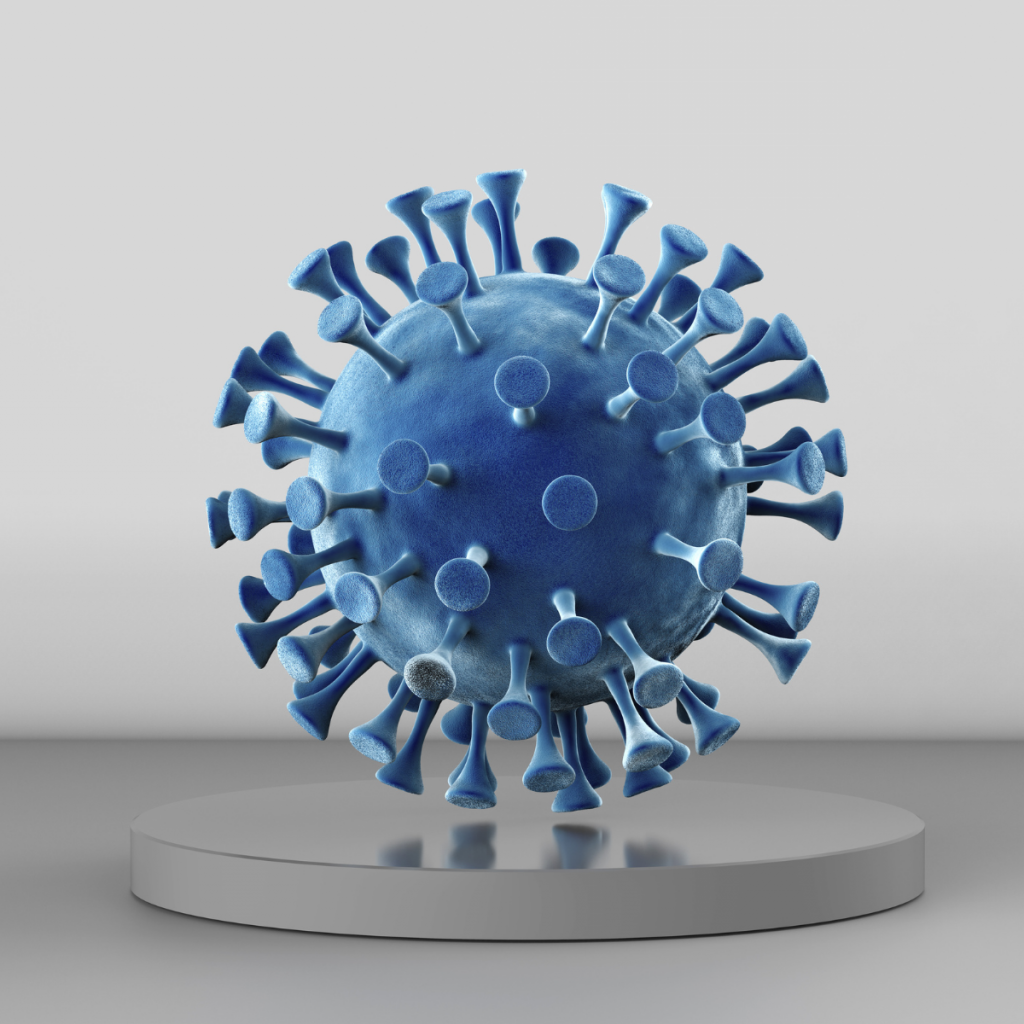Regular physical activity is one of the most powerful tools for preventing cancer. Over the years, numerous studies have consistently shown that staying active reduces the risk of developing various types of cancer, including breast, colon, and lung cancer. Exercise has a range of positive effects on the body, from boosting the immune system to improving hormone balance, which can help in cancer prevention. In this article, we will explore how exercise plays a key role in reducing cancer risk, the mechanisms behind its protective effects, and the types of physical activities you can incorporate into your daily routine to lower your cancer risk.

The Link Between Exercise and Cancer Risk Reduction
Cancer is a complex disease influenced by genetics, environmental factors, and lifestyle choices. While some of these factors cannot be changed, exercise is one of the most accessible and effective ways to reduce the risk. According to the American Cancer Society, regular physical activity is linked to a lower risk of at least 13 different types of cancer, including breast, colorectal, endometrial, liver, and lung cancer.
Research suggests that exercise helps in several ways to reduce the likelihood of cancer. It can help control weight, improve the immune system, regulate hormones, and reduce inflammation—all factors that contribute to a lower cancer risk. Engaging in physical activity can also improve overall health, making the body more resilient against disease and improving quality of life.
How Exercise Prevents Cancer: Key Mechanisms
The body responds to physical activity in a number of beneficial ways, which play a direct role in cancer prevention. Here are some of the primary mechanisms by which exercise helps reduce the risk of cancer:
1. Weight Management and Fat Reduction
Being overweight or obese is a major risk factor for several types of cancer, including breast, prostate, and colon cancer. Exercise plays a crucial role in maintaining a healthy weight and reducing excess body fat. Physical activity helps regulate fat cells, which can influence hormone levels and the growth of cancer cells. For example, excess fat tissue can increase estrogen levels, which is linked to breast cancer. Regular exercise can help reduce these hormone levels, lowering the risk of hormone-related cancers.
2. Boosting the Immune System
A strong immune system is essential for fighting off infections and preventing diseases, including cancer. Exercise helps enhance immune function by increasing the circulation of immune cells throughout the body. Studies show that regular physical activity can boost the production of immune cells, such as T-cells and natural killer cells, which are responsible for identifying and destroying cancer cells. A healthy immune system can therefore more effectively detect and eliminate abnormal cells before they develop into cancer.
3. Regulation of Hormones
Certain cancers, such as breast and prostate cancer, are closely linked to hormone levels. Exercise helps regulate the production of key hormones, such as insulin and estrogen, that can influence cancer development. Physical activity lowers insulin levels, which is important because high insulin levels can promote the growth of cancer cells. Additionally, exercise helps balance estrogen levels, which may reduce the risk of hormone-dependent cancers like breast and endometrial cancer.
4. Reduction in Chronic Inflammation
Chronic inflammation is a known risk factor for cancer. Inflammatory molecules in the body can promote the growth and spread of cancer cells. Exercise has been shown to reduce inflammation by lowering the levels of pro-inflammatory cytokines and increasing the production of anti-inflammatory molecules. Regular physical activity can help prevent the chronic low-grade inflammation that often contributes to the development of cancer.
5. Improved Digestion and Detoxification
Regular exercise supports digestive health, which can have a positive effect on cancer prevention. Physical activity helps regulate bowel movements, reducing the risk of colorectal cancer. Additionally, exercise promotes detoxification by enhancing circulation and lymphatic flow, helping the body eliminate toxins and waste products more efficiently. The detoxification process is vital for reducing the buildup of cancer-causing substances in the body.
Types of Exercise for Cancer Prevention
When it comes to preventing cancer, any form of exercise is beneficial. The key is to engage in physical activity that you enjoy and can sustain over time. Here are some types of exercise that have been shown to have cancer-preventive benefits:
1. Aerobic Exercise
Aerobic exercise, such as walking, running, cycling, and swimming, is one of the most effective ways to reduce the risk of cancer. Studies show that regular aerobic activity helps improve cardiovascular health, maintain a healthy weight, and boost immune function. Aerobic exercise can also reduce the risk of breast, colon, and lung cancer by improving overall health and increasing circulation throughout the body.
2. Strength Training
Strength training, also known as resistance exercise, involves lifting weights or using resistance bands to build muscle. This type of exercise helps increase lean muscle mass, improve metabolism, and regulate hormones, all of which contribute to cancer prevention. Strength training also helps prevent bone loss and osteoporosis, which is particularly important for postmenopausal women who are at higher risk for certain types of cancer, such as breast cancer.
3. Yoga and Pilates
Yoga and Pilates are low-impact exercises that focus on flexibility, strength, and balance. While these activities may not be as intense as aerobic or strength training exercises, they can still provide significant health benefits. Both yoga and Pilates help reduce stress, improve mental well-being, and promote relaxation, which are important for reducing inflammation and preventing cancer. Additionally, these exercises can improve circulation and enhance the body’s ability to detoxify.
4. High-Intensity Interval Training (HIIT)
High-Intensity Interval Training (HIIT) involves alternating between short bursts of intense activity and periods of rest or low-intensity exercise. HIIT is a time-efficient way to improve cardiovascular health, burn fat, and boost metabolism. Research suggests that HIIT can help reduce the risk of several types of cancer by improving hormone regulation, reducing inflammation, and promoting fat loss. For individuals with limited time, HIIT is an excellent choice for a cancer-preventive workout.
5. Stretching and Flexibility Exercises
While stretching exercises may not directly prevent cancer, they are important for maintaining flexibility, preventing injuries, and reducing stress. Stress is a major contributor to chronic inflammation, which can increase cancer risk. Incorporating stretching and flexibility exercises into your routine can help promote overall well-being and contribute to a healthier lifestyle.
How Much Exercise Is Needed for Cancer Prevention?
The American Cancer Society recommends that adults engage in at least 150 minutes of moderate-intensity exercise or 75 minutes of vigorous-intensity exercise per week. This can be broken down into 30 minutes of exercise on most days of the week. For maximum cancer prevention benefits, it is also recommended to incorporate strength training exercises at least twice a week.

If you are just starting out, it’s important to gradually increase the intensity and duration of your workouts. Start with small goals and work your way up to more challenging exercises as your fitness level improves. Remember that any amount of physical activity is better than none, and every step you take towards a more active lifestyle contributes to your overall health and cancer prevention.
Conclusion: Exercise as a Key Strategy for Cancer Prevention
Exercise is a powerful tool in the fight against cancer. By improving immune function, regulating hormones, reducing inflammation, and maintaining a healthy weight, physical activity plays a crucial role in cancer prevention. Incorporating regular exercise into your routine not only reduces the risk of cancer but also promotes overall health and well-being. Whether through aerobic exercise, strength training, or other forms of physical activity, staying active can help protect your body from cancer and other chronic diseases. Begin today by making exercise a part of your daily routine and take an active step towards a cancer-free future.

Leave a Reply